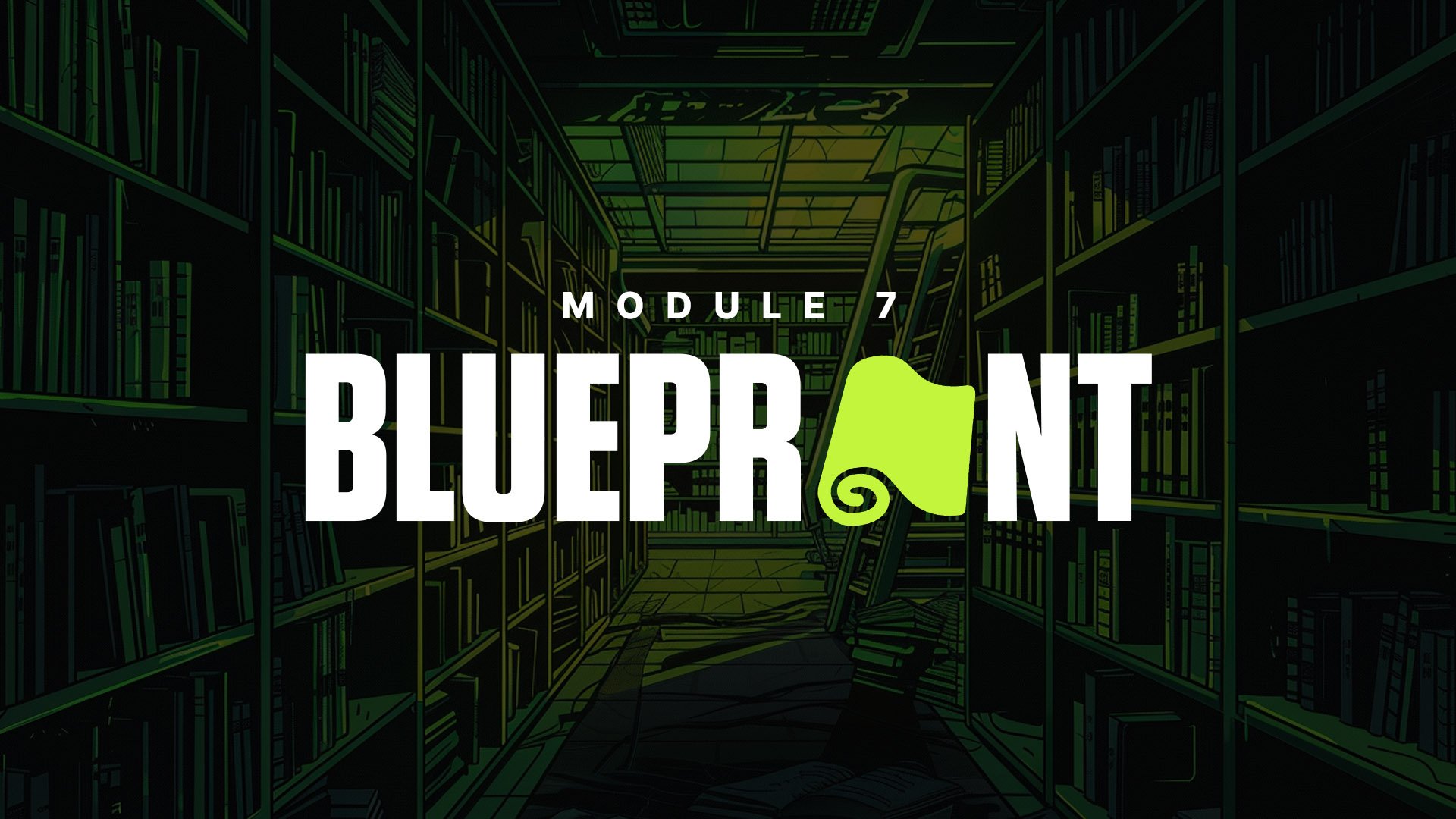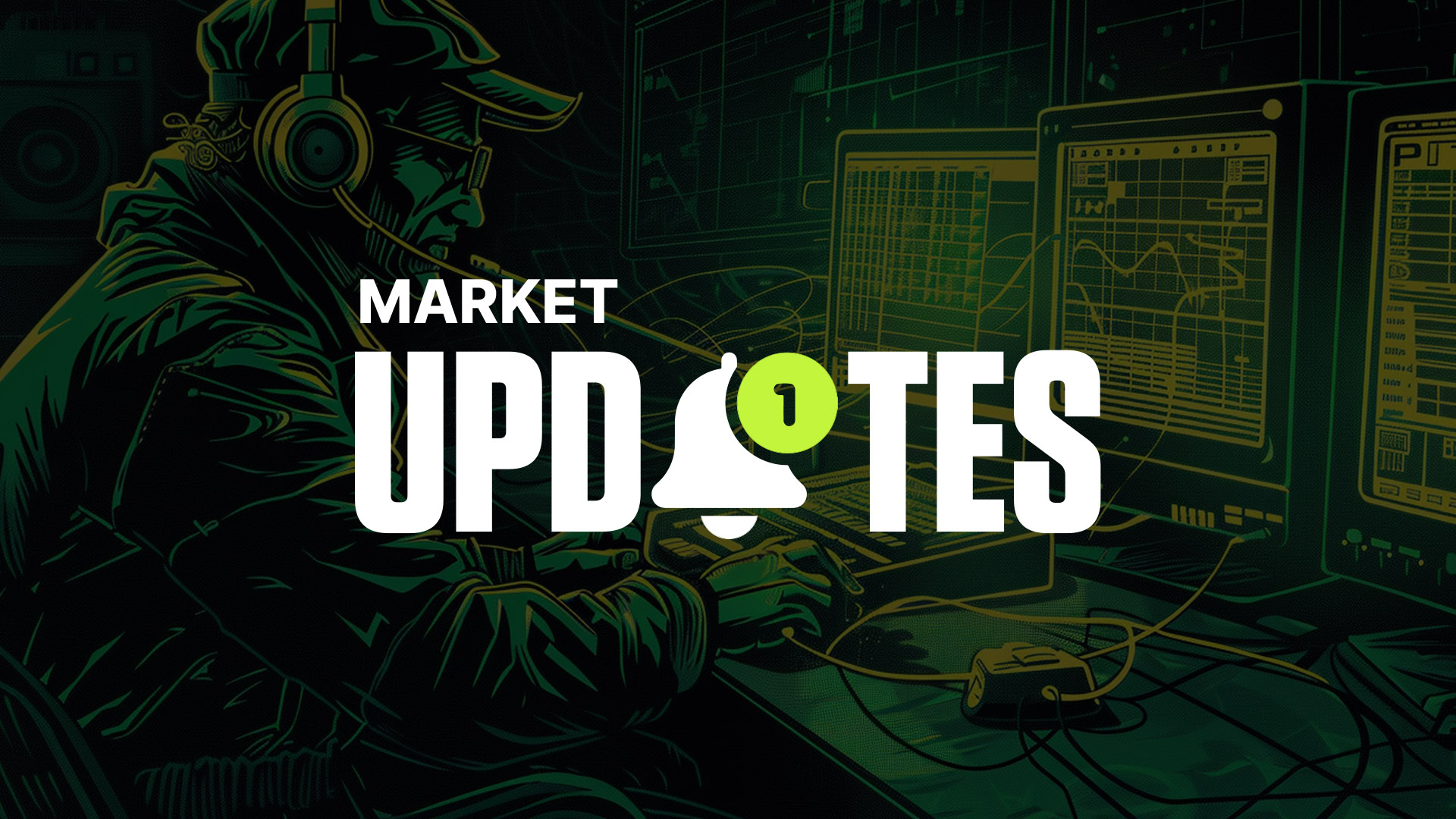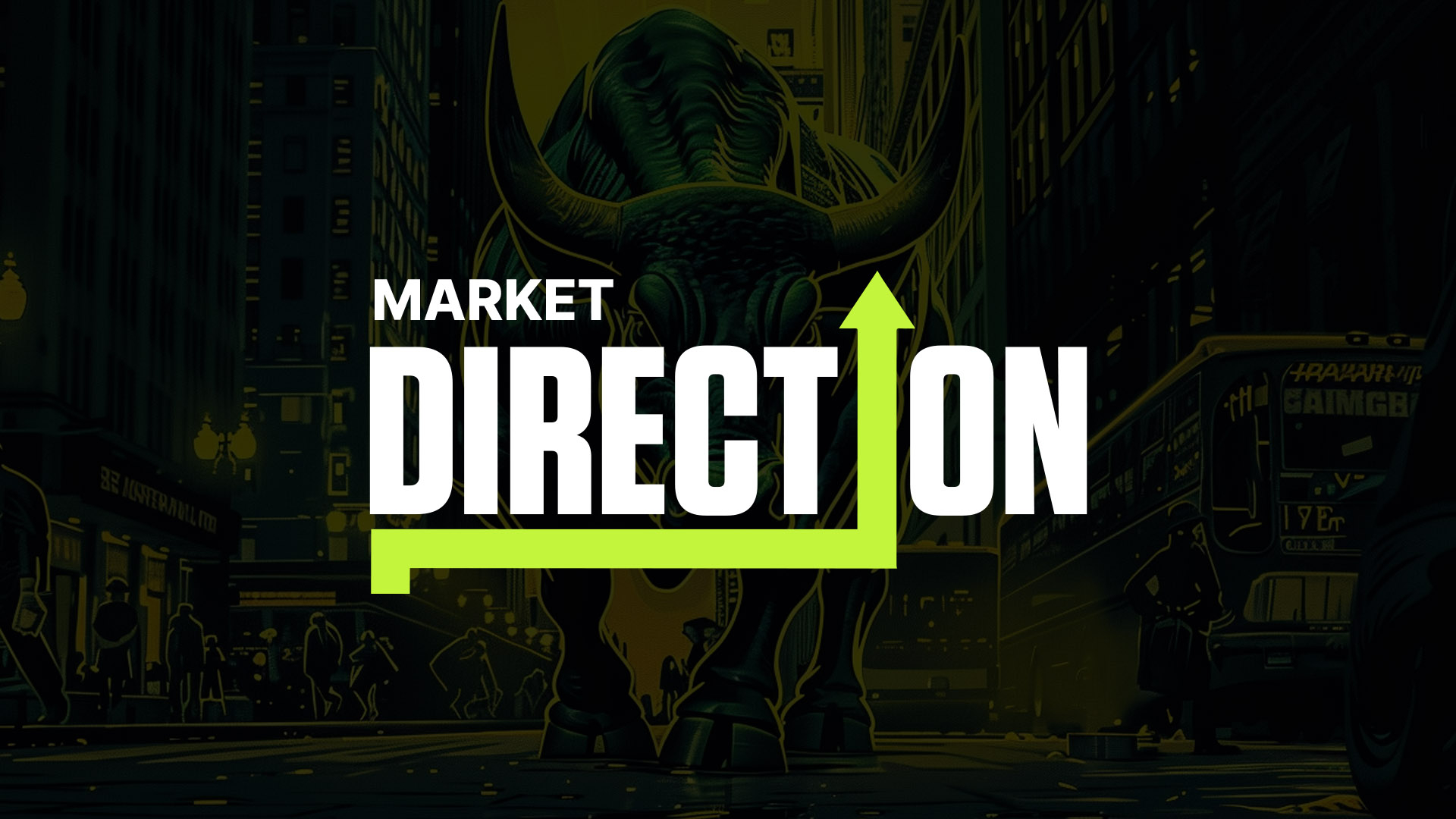
What is Ethereum?
Ethereum was created by programmer Vitalik Buterin and launched in 2015. It is an open-source, decentralised blockchain platform.Picture a piece of land. Over time, people build houses and skyscrapers. Then, they launch businesses and trade. More people come, and more buildings are built. More money enters the space, and a bustling city emerges. Picture New York.
Ethereum is the land. The users are people. Decentralised Apps are the businesses.
Ether (ETH) is the native token of Ethereum. It is the currency that powers every engagement in the city - it’s used to pay for transactions and interact with services.
The Merge
Originally, Ethereum was secured by the Proof of Work (PoW) consensus mechanism (like Bitcoin). However, on September 15, 2022, it moved to the Proof of Stake (PoS) mechanism as part of ‘The Merge’.Note: if you’re unfamiliar with consensus mechanisms, we suggest you check out module 4 (link).
In simple terms, a consensus mechanism validates transactions and keeps a network secure. PoW is extremely energy-intensive and involves a lot of computational work. This means it has a bad environmental impact.
On the other hand, PoS allows blockchains to run more energy-efficiently. At the same time, it ensures decentralisation is maintained. Each style has trade-offs and is suitable for different purposes.
With PoS, holders stake their ETH to validate transactions and create new blocks. The network rewards validators for processing transactions. It also ‘slashes’ their stake for dishonest actions, ensuring good behaviour.
At the core of Ethereum’s PoS system is the Beacon Chain. This chain originally existed separately from the main Ethereum network. They were officially ‘merged’ or connected on September 15, 2022.
Smart contracts and decentralised applications
Ethereum’s value comes from developers being able to build their own decentralised applications (dApps) on top of the Ethereum blockchain. Ethereum was the first programmable blockchain. It enabled the creation of smart contracts.Smart contracts are on-chain agreements. They are made up of computer code and perform a set of predetermined instructions on a blockchain. For example, a smart contract could send 1 ETH to a particular address every 24 hours:
- IF 24 hours have passed (the trigger), THEN send 1 ETH (the execution).
The Ethereum network acts like a virtual machine that executes smart contracts. Smart contract details and wallet balances are recorded on Ethereum’s distributed ledger.
A smart contract is a contract – there is no room for negotiation. If the contract conditions are met, and all parties have agreed to those conditions, the contract will carry out its task as intended.
As smart contracts are recorded on the blockchain, it’s impossible to change the outcome of a smart contract agreement. This is referred to as “Code is Law.” If it’s not in the smart contract code, it will not happen. Conversely, if it is in the code, then it will happen. Here, technology is being used to enforce the rules. It removes the need for an intermediary. This is the whole premise behind decentralised finance.
However, smart contracts are not without risks. For example, as smart contracts cannot be changed once launched if there’s an issue, all locked funds may be locked forever.
Several smart contracts can be combined to create decentralised applications. The innovation and versatility of Ethereum paved the way for decentralised finance (DeFi) as we know it today.
Countless decentralised applications run on Ethereum, with a range of use cases, from finance (e.g. Aave and Uniswap) to art and collectables (e.g. OpenSea). DApps are at the core of DeFi. The possibilities for innovation and use cases are endless.
The Ethereum Virtual Machine
The Ethereum Virtual Machine (EVM) is a processing engine and software platform. It’s often referred to as the “heart of Ethereum.” It’s responsible for executing smart contracts and computing each new block added to the Ethereum blockchain. The EVM is also what enables developers to create and launch Ethereum-based dApps.‘EVM-compatible networks’ are simply networks that run an instance of the EVM. As these networks speak the same language as Ethereum, they have access to the large range of dApps and DeFi services that the Ethereum ecosystem offers.
Developers can launch applications on any EVM chain without making many changes. They would have to entirely rewrite the code if it weren't EVM compatible.
In addition, Ethereum dApps can be easily migrated over to EVM-compatible networks.
Ethereum Gas fees
Simply put, gas fees are payments made by users during a transaction to compensate for the computing power used by validators.ETH validators run computer software to verify transactions and add blocks to the blockchain. This process requires them to use electricity. The gas fee is paid to the validators as a reward to compensate for the cost of the electricity used. Part of the fee is also burned, which removes it from circulation.
Ethereum gas prices are dynamic and can move up and down. The cost of a gas fee depends on the demand on the Ethereum network. If there’s more demand, gas fees are higher.
Ethereum users can set what’s known as a ‘tip’ to reduce the gas fee for a transaction. A tip indicates the priority of a transaction. Validators will process transactions with higher tips and will be less likely to process those with lower tips.
You can monitor gas prices using tools such as Etherscan https://etherscan.io/gastracker
What is Gwei?
Ethereum gas fees are paid in the blockchain’s native currency, ETH or ether. ETH gas fees are denoted in gwei, a denomination of ETH. One gwei equals 0.000000001 ETH. So, if your gas price costs 0.000000001, it costs 1 gwei.What is Maximal Extractable Value MEV? Ethereum’s invisible tax
MEV refers to profits that can be made by extracting value from Ethereum users through reordering transactions within blocks produced. Hence, you get the most payment possible as people pay a premium to get faster transactions.MEV was initially used in the context of Proof of Work (PoW). It was first referred to as “Miner Extractable Value.”
Before Ethereum transitioned to Proof of Stake, miners were responsible for selecting and arranging transactions into blocks. This meant miners had complete control over which transactions to include. This allowed them to manipulate transactions so that they could extract additional profits.
Since Ethereum’s transition to Proof of Stake (PoS) in 2022, mining is no longer part of Ethereum. However, the value extraction method still exists. It is accrued by validators (who confirm the validity of blocks added to the Ethereum blockchain).
A group of individuals called ‘searchers’ are responsible for the majority of MEV activity. Searchers seek out and identify MEV opportunities using automation tools and bots. Once they spot an opportunity, they assemble a bundle of transactions that will extract the desired profits once the bundle is executed.
Ethereum has evolved significantly since its inception, and it continues to evolve to this day.
Continue reading by joining Cryptonary Pro
$997/year
Get everything you need to actively manage your portfolio and stay ahead. Ideal for investors seeking regular guidance and access to tools that help make informed decisions.
For your security, all orders are processed on a secured server.
As a Cryptonary Pro subscriber, you also get:
Success Guarantee, if we don’t outperform the market, you get 100% back, no questions asked
24/7 access to experts with 50+ years’ experience
All of our top token picks for 2025
Our latest memecoins pick with 50X potential
On hand technical analysis on any token of your choice
Weekly livestreams & ask us anything with the team
Daily insights on Macro, Mechanics, and On-chain
Curated list of top upcoming airdrops (free money)
100% Success Money Back Guarantee
If our approach doesn’t outperform the overall crypto market during your subscription, we’ll give you a full refund of your membership. No questions asked. For quarterly and monthly subscribers this is applicable once your subscription runs for 6 consecutive months.
Our track record speaks for itself
With over 2.4M tokens and widespread misinformation in crypto, we cut through the noise and consistently find winning assets.
Our track record speaks for itself
With over 2.4M tokens and widespread misinformation in crypto, we cut
through the noise and consistently find winning assets.
Frequently Asked Questions
Can I trust Cryptonary's calls?
Yes. We've consistently identified winners across multiple cycles. Bitcoin under $1,000, Ethereum under $70, Solana under $10, WIF from $0.003 to $5, PopCat from $0.004 to $2, SPX blasting past $1.70, and our latest pick has already 200X'd since June 2025. Everything is timestamped and public record.
Do I need to be an experienced trader or investor to benefit?
No. When we founded Cryptonary in 2017 the market was new to everyone. We intentionally created content that was easy to understand and actionable. That foundational principle is the crux of Cryptonary. Taking complex ideas and opportunities and presenting them in a way a 10 year old could understand.
What makes Cryptonary different from free crypto content on YouTube or Twitter?
Signal vs noise. We filter out 99.9% of garbage projects, provide data backed analysis, and have a proven track record of finding winners. Not to mention since Cryptonary's inception in 2017 we have never taken investment, sponsorship or partnership. Compare this to pretty much everyone else, no track record, and a long list of partnerships that cloud judgements.
Why is there no trial or refund policy?
We share highly sensitive, time-critical research. Once it's out, it can't be "returned." That's why membership is annual only. Crypto success takes time and commitment. If someone is not willing to invest 12 months into their future, there is no place for them at Cryptonary.
Do I get direct access to the Cryptonary team?
Yes. You will have 24/7 to the team that bought you BTC at $1,000, ETH at $70, and SOL at $10. Through our community chats, live Q&As, and member only channels, you can ask questions and interact directly with the team. Our team has over 50 years of combined experience which you can tap into every single day.
How often is content updated?
Daily. We provide real-time updates, weekly reports, emergency alerts, and live Q&As when the markets move fast. In crypto, the market moves fast, in Cryptonary, we move faster.
How does the success guarantee work?
If our approach to the market doesn’t beat the overall crypto market during your subscription, we’ll give you a full refund of your membership fee. No questions asked. For quarterly and monthly subscribers this is applicable once your subscription runs for 6 consecutive months.



















